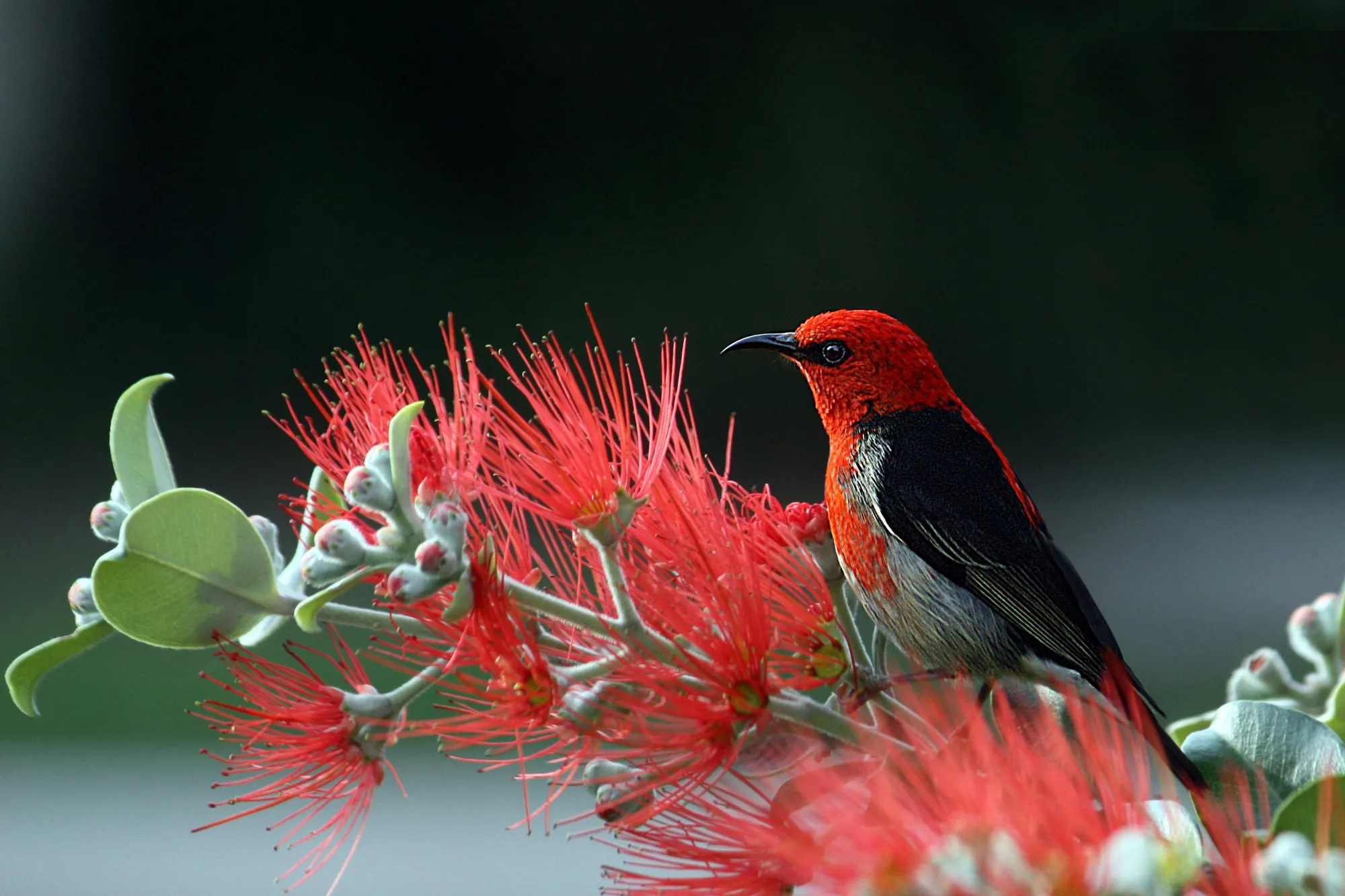Bird photography can be incredibly rewarding, but it’s also a challenging pursuit that requires patience, skill, and the right techniques. Whether you’re just starting or looking to improve your bird photography skills, there are several key tips that can help you elevate your game and capture stunning images. In this guide, we’ll walk you through some essential tips and tricks to help you improve your bird photography skills quickly.
1. Understand Your Camera Settings
The first step in improving your bird photography is becoming familiar with your camera settings. While the specific settings will depend on your camera model, here are some key features to focus on:
- Shutter Speed: Birds often move quickly, so a fast shutter speed is essential to avoid motion blur. A speed of 1/1000 or faster is ideal for most birds, but you may need to adjust depending on the bird’s speed and behavior.
- Aperture: A wide aperture (low f-stop) allows more light into the camera, helping you shoot in lower light conditions. However, you should balance this with the depth of field you need to keep the bird and background in focus.
- ISO: Set your ISO as low as possible without sacrificing exposure. A higher ISO helps in low-light situations, but too much can introduce noise into your photos.
Tip: Use the camera’s shutter priority mode to prioritize shutter speed while the camera adjusts other settings.
2. Invest in the Right Lens
The lens you use plays a significant role in bird photography. A long lens (200mm or higher) is essential for getting close-up shots of birds from a distance without disturbing them. Telephoto lenses are perfect for capturing birds in flight or perched high up in trees.
- Telephoto Zoom Lenses (70-200mm, 100-400mm): These lenses are versatile and ideal for most bird photography scenarios, allowing you to quickly adjust your framing.
- Prime Telephoto Lenses (300mm, 500mm): These lenses tend to have better optical quality and can offer sharper images, but they can be more challenging to use due to their fixed focal length.
3. Learn the Behavior of Birds
Understanding bird behavior is crucial to capturing great shots. By observing how birds move and interact with their environment, you’ll be able to anticipate their actions and position yourself for the perfect shot. Here are some tips:
- Pre-flight and In-flight: Birds often give subtle cues before they take flight, such as fluffing their feathers or changing their posture. Knowing these signals can help you prepare for that perfect action shot.
- Feeding and Nesting: Birds feeding or interacting with their young offer great photo opportunities. Be patient and observe their routines to capture natural, intimate moments.
Tip: Research the species you’re photographing to understand their habits and routines. This will help you predict their movements and improve your timing.
4. Focus on Composition
Composition can make or break your bird photographs. A few simple techniques can elevate your shots:
- Rule of Thirds: Position your subject off-center for a more dynamic image. Place the bird on one of the vertical or horizontal lines.
- Negative Space: Allow some empty space in the frame, especially in the direction the bird is facing. This adds balance and makes the composition feel more natural.
- Background: Look for clean, unobtrusive backgrounds to make the bird stand out. Avoid cluttered or distracting elements in the background that can take attention away from the subject.
Tip: Don’t be afraid to experiment with different angles. Shooting from low or high perspectives can offer unique and engaging compositions.
5. Be Patient and Ready
Bird photography requires a lot of patience. Birds are unpredictable, and it may take a while before you get the shot you want. Here are some tips for staying prepared:
- Bring Extra Gear: Always have extra memory cards and batteries on hand. Birds are often only around for short periods, so you don’t want to miss a great shot due to technical issues.
- Shoot in Burst Mode: Capture multiple frames in quick succession to increase your chances of getting that perfect shot. Use your camera’s continuous shooting mode to ensure you don’t miss any action.
- Patience is Key: Spend time observing the bird’s behavior before trying to capture the shot. This patience will allow you to anticipate its next move and get in position to capture it perfectly.
6. Practice Regularly
As with any skill, the more you practice, the better you’ll get. Make bird photography a regular hobby and push yourself to try new techniques and styles. Visit different locations, experiment with various lighting conditions, and keep challenging yourself to improve.
Tip: Join online photography communities or social media groups to get feedback from others and learn new techniques.
Final Thoughts
Improving your bird photography skills takes time, but by focusing on key areas like camera settings, lens choice, understanding bird behavior, composition, and patience, you’ll see significant progress. Don’t be discouraged by a few missed shots—every attempt brings you closer to mastering the art of bird photography. Keep practicing, and soon, you’ll be capturing stunning images of our feathered friends in their natural beauty!
What are your favorite bird photography tips? Share them in the comments below!
